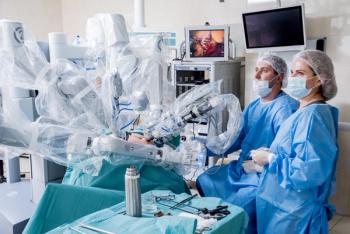
Physicians share lessons learned after switching EHRs
Avoid repeating these common errors
Cynthia Croy, MD, is the sole doctor at Family Health Center Direct in Joplin, Missouri, where she works with three support staffers. A year ago, the practice installed its fourth electronic health record (EHR) system.
Internist Albert Fuchs, MD, FACP, and his two physician colleagues switched to a new EHR system a year ago to better serve their three Beverly Hills, California, offices.
Both Croy and Fuchs learned a few lessons while making the switch:
Don’t rush the selection process
Croy says she rushed from her first EHR into her second one without putting enough effort into evaluating different systems. As a result, she ended up with an inadequate system. “It was not as advertised,” she says, noting that she junked it after a year. Croy says she now knows to take her time; she spent six weeks to eight weeks selecting her third and fourth
Don’t ignore ancillary contracts
Like many doctors, Croy uses automated telephone calls to remind patients about upcoming appointments. Her new EHR includes that function. However
Related:
Croy says she didn’t consider that early enough in the switching process, so she didn’t cancel the contract before it automatically renewed. She had to buy out the contract, which cost her several thousand dollars. “Each ancillary vendor requires different things, so you need to look at each contract,” she says.
Don’t rubber stamp
Fuchs says he knew it was unrealistic and prohibitively expensive to transfer all the data in his prior EHR to his new one. Still, he acknowledges, the practice should have paid more attention to that process. He says the new vendor migrated three patient charts to show them how data would show up in the new EHR. “We thought it looked OK, so they did it to all of our patient charts. But when we started using it we realized that there were some downsides,” Fuchs says.
Further reading:
If his practice had taken more than a few minutes when reviewing the test run, they could have saved themselves the “dozens of hours of wasted time” required to clean up the transferred data.
Don’t import too much old data
Croy says in the past she imported PDFs of old records into her new EHR, a costly and tedious task. Plus, the PDFs were difficult to navigate and tended to have scrambled information and outdated data. Croy says she was more selective when she switched EHRs a year ago, instead importing only the data she deemed valuable. She started with patient names, birthdates, Social Security numbers and key test results. “The rest we put in as they came in, so we didn’t have a lot of bad data,” Croy says.
Don’t wait too long to switch
Fuchs had his old EHR for about 12 years but says he wished he had switched earlier. “We’re kicking ourselves for acting like a captive without thinking about alternatives,” he says, adding that doctors “owe it to themselves to look at what else is out there every few years.”
Newsletter
Stay informed and empowered with Medical Economics enewsletter, delivering expert insights, financial strategies, practice management tips and technology trends — tailored for today’s physicians.
















